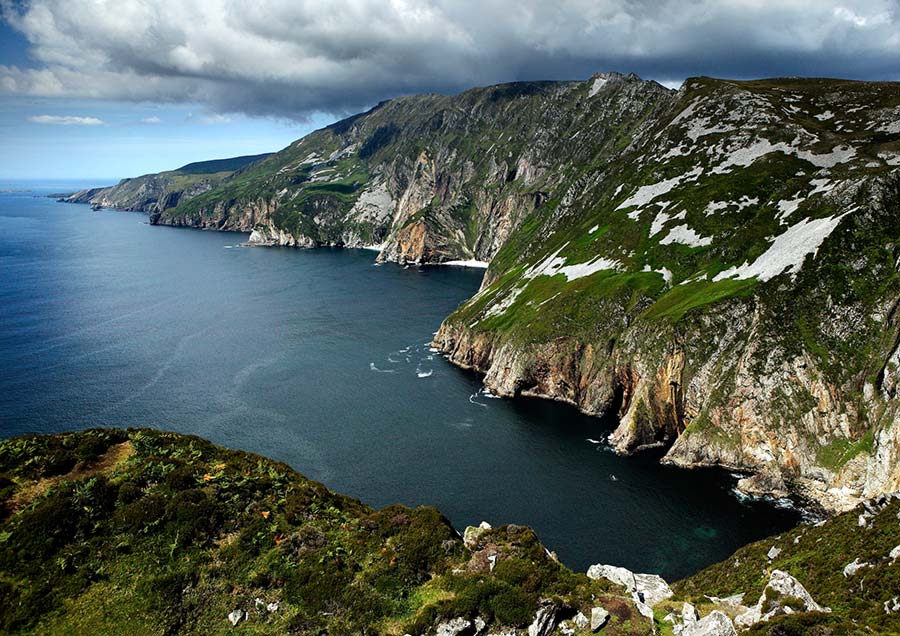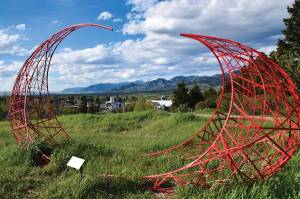By Amy C. Laundrie
When my daughters were college age, I arranged for the three of us to go on a trip together. We discussed where to go and chose a tour of Ireland, which included seeing the beautiful landscape, visiting local pubs, learning about various Irish figures such as St. Patrick, and sampling their native beer, Guinness. Our bus driver navigated the narrow, curvy roads, and we toured Dublin, castles, and kissed the Blarney Stone. At an outdoor pub, a young girl with dyed red hair and dressed in a cowboy outfit approached us asking for money. For this naive Midwestern senior, this was just the beginning of a cultural awakening.
We visited a museum and I saw my first bog bodies. Fascinating! Because Irish bogs are cold, acidic, and don’t allow oxygen to penetrate, human remains are preserved. Some bog bodies, dating back to an era between 400 BC and 200 BC, include manicured fingernails, telling archeologists that that person didn’t perform manual labor. Others show hairstyles, one of which was spiky because the man had used pine resin, an earlier version of hair gel. Stomach contents reveal that early diets consisted of cereals, milk, and meat.
Even with all these fascinating sights, the trip’s highlight was spending two days and nights with a local family and getting a taste of their lifestyle and beliefs.
Eileen and her hardworking farmer husband, Patrick, owned a farm. Eileen set a gorgeous table with elegant china and served scrumptious full-course meals. We toured their barns and listened as Patrick, trying hard not to choke up, said that his children were interested in business and technology and didn’t want to take over the family farm. He would have to sell the land that had been in his family for generations.
That evening, when we visited in the living room after a scrumptious dinner of Shepherd’s pie, crusty soda bread, fish and chips, Irish lace cookies and tea, I learned that Eileen believed in “the little people” including the mischievous nature sprites called pookas. Pookas can take the form of various creatures such as a goat, eagle, or horse. They do their mischief at night, tearing down fences, letting livestock escape, and trampling crops. Eileen told stories of fresh milk turning sour, missing keys, and the piglets getting out of the locked pen. I was beyond fascinated. Could an intelligent person such as Eileen really believe this?
Eileen’s beliefs surely stemmed from her childhood. Pookas, leprechauns, the scary, wailing banshees, and the merlin from the sea trace back to Celtic traditions. But like the dwindling farms, beliefs in this folklore, too, are fading.
Eileen’s stories are part of that rich Irish storytelling tradition. They stirred my imagination and added richness to my Irish experience. I plan on adopting her belief in mischievous nature sprites. The next time I toss six socks in the dryer and pull out only five, find my phone in the linen closet (what’s up with that?) or my husband leaves his drink unattended, and it mysteriously disappears (wink, wink). I plan on blaming those mischievous sprites, the pookas. MSN










